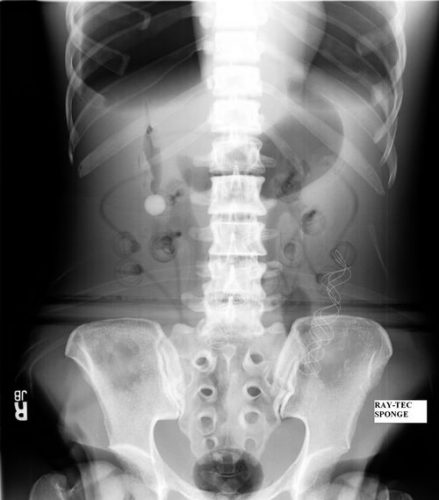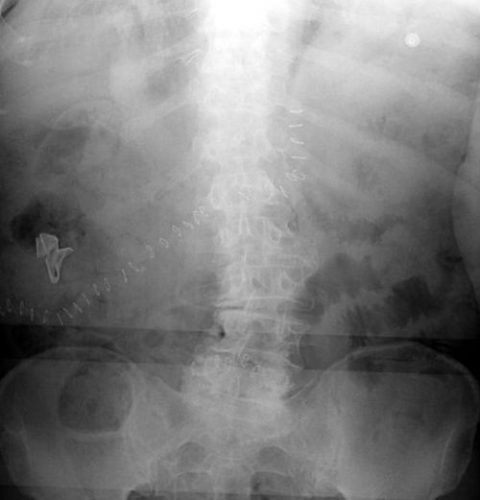In my last two posts, I reviewed the importance of having practice guidelines at your trauma center and gave some pointers on how to develop them. Today I’ll give you my take on the nomenclature and the evidence they are based on.
There are lots of names given to what we have come to know as clinical practice guidelines. You’ve heard many of them. Guidelines. Pathways. Protocols. What’s the difference?
Unfortunately, there are no real and solid definitions of these terms when used for clinical care. So here is my take on them:
- Guideline. Guidelines are general principles that guide management. These are best illustrated by the practice guidelines published annually by the Eastern Association for the Surgery of Trauma (EAST). Each EAST guideline tackles a specific clinical problem, like DVT or blunt cardiac injury. It presents a series of clinical questions regarding the topic, such as “which is better, unfractionated heparin or low molecular weight heparin.” The pertinent literature is reviewed and its overall quality is judged. Then the questions are answered and the confidence in that answer is given, based on the strength of the research (strongly recommended vs recommended vs conditionally recommended, etc.). So in reading the guideline you may see that the use of low molecular weight heparin is recommended over unfractionated heparin in certain circumstances.
- Protocol. A protocol is a description of very specific behaviors that are followed in certain situations. The behaviors can be described either in a list format (such as that followed in some type of formal ceremony) or in a flow diagram which is best used in clinical care.
- Pathway. In my mind, this falls somewhere between the two extremes of guideline and protocol. It is more specific than a guideline, but less so than a protocol.
In clinical care, specifics are important. Without specificity, there is still much opportunity for variation in care, which defeats the purpose. The EAST guideline described above paints some broad strokes about clinical care, but there are huge gaps between the questions answered that need answers to provide actual patient care.
So although we (and I) tend to call these documents clinical practice guidelines, they are really clinical care protocols. They should be written in such a way that care can be provided in an “if this, then that” manner. If any kind of hedging language is used, like the word “consider”, the document is only a guideline. And this fact becomes extremely important when your trauma PI program tries to monitor for compliance. It is immediately obvious when someone deviates from the protocol, while a savvy clinician can always claim that they “considered” the desired course of action before they chose their own way using a guideline.
Now, what about evidence-based guidelines? Isn’t that what we all strive for? First of all, they’re not guidelines, remember. They are protocols. And second, there is no area of medicine where the research is so detailed that you know what to do down to specific blood draw times, vital sign monitoring, or operative techniques. There is still plenty of room for debate even in something as simple as chest tube removal. Water seal or not? How long until you get a followup x-ray? The possibilities never end.
So it’s basically impossible to develop anything that is completely evidence-based. We always have to take the best evidence and supplement it with clinical experience and judgement. The latter is what we use to fill in all the blanks in guidelines. I’ve seen too many trauma centers delay writing up their protocols because they are waiting for a better paper to be published on this or that. Good luck! It’s not coming any time soon!
Bottom line: Hopefully, I’ve convinced you that we’ve got the nomenclature all wrong. What we really want are evidence-informed protocols, not evidence-based guidelines!




